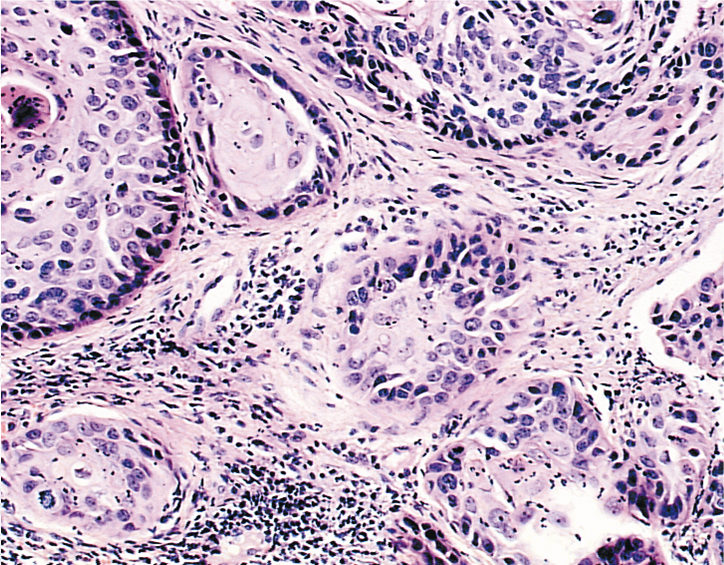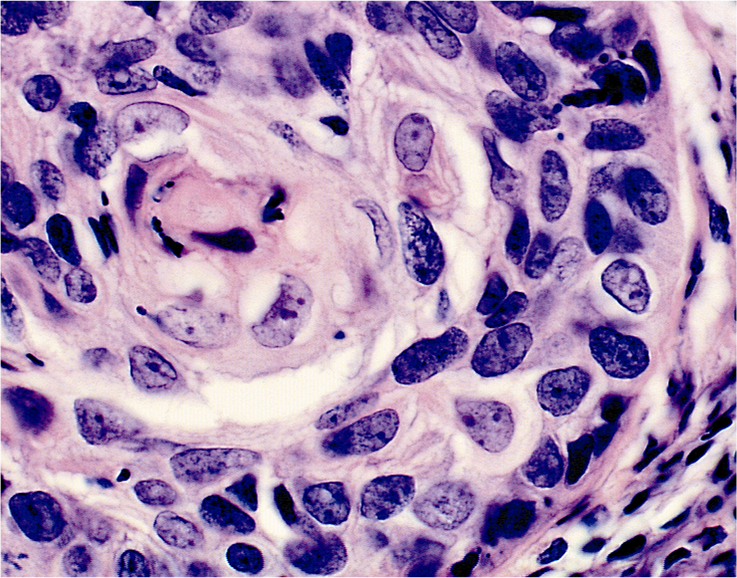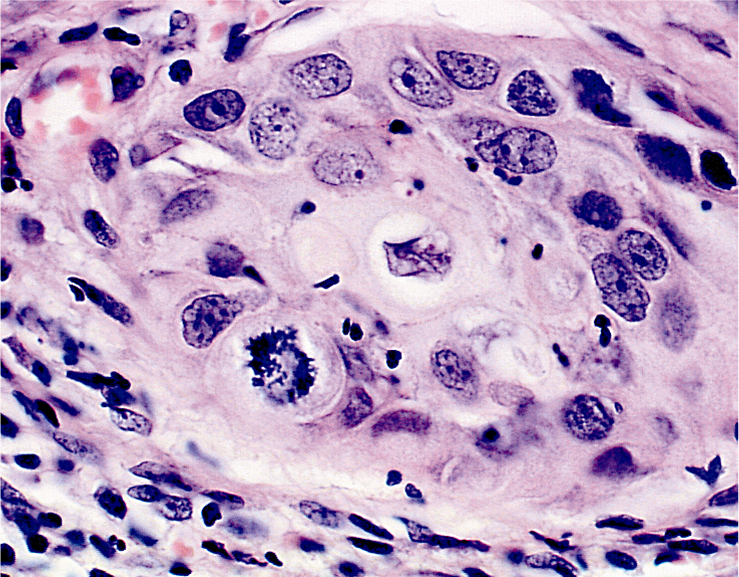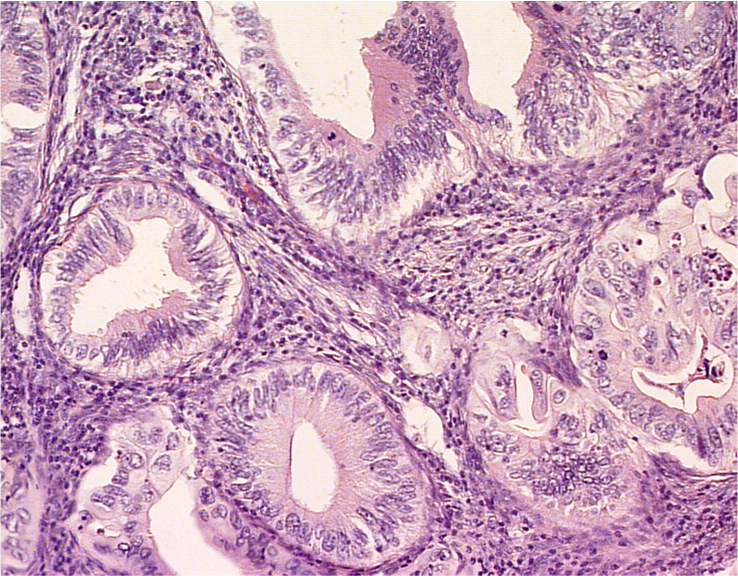

Cervical Cytology
Cervical cancer: Epidemiology, aetiology, pathogenesis and main histological types
Histological types of cervical cancer
The World Health Organisation (WHO) recognises two main histological types of invasive cancer
- Squamous carcinoma (which constitute about 85% of all cases)
- Adenocarcinoma (which constitute about 10-12% of all cases)
Several other types of carcinoma eg adenosquamous carcinoma, adenoid cystic carcinoma, metastatic carcinoma make up the remaining 3-5%of all cases.
Histological types of carcinoma found in cervix (WHO classification)
- Squamous cell carcinoma (epidermoid carcinoma)
- Keratinising (well differentiated and moderately differentiated)
- non keratinising (large and small cell types)
- Spindle cell carcinoma
- Adenocarcinoma endocervical type
- Variant : adenoma malignum (minimal deviation carcinoma)
- Variant :villoglandular papillary adenocarcinoma
- Endometrioid adenocarcinoma
- Clear cell adenocarcinoma
- Serous adenocarcinoma
- Mesonephric adenocarcinoma
- Intestinal type (signet ring) adenocarcinoma
- Other epithelial tumours
- Adenosquamous carcinoma
- Adenoid cystic carcinoma
- Small cell carcinoma
- Undifferentiated carcinoma
- Metastatic tumours (breast, ovary, colon, and direct spread of endometrial carcinoma)




